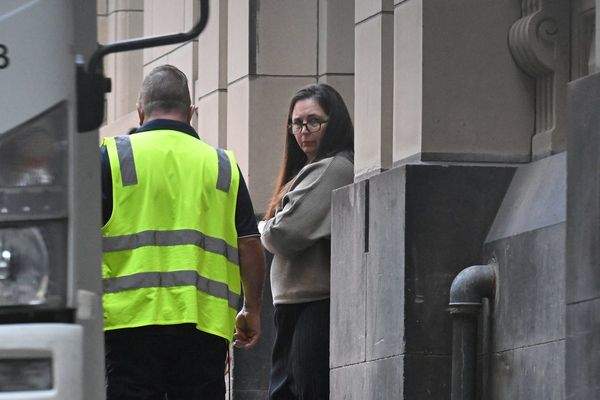
A secretive Russian satellite, believed to be part of Moscow’s nuclear weapon program, is spinning out of control around the Earth, according to analysts.
The Cosmos 2553 satellite, which launched from the Plesetsk Cosmodrome three weeks before Russia's invasion of Ukraine in 2022, is reportedly no longer operational after encountering problems while in orbit.
Data from Doppler radar and space-tracking firm LeoLabs suggests that it has been tumbling since mid-November 2024.
Analysts suggest the satellite may actually be a test for future orbital nuclear weapons, with the Russian ministry of defence describing Cosmos 2553 as a “technological spacecraft... equipped with newly developed onboard instruments and systems for testing them under the influence of radiation and heavy charged particles”.
The satellite is potentially carrying a “dummy warhead”, according to the Space Threat Assessment report, published by the Washington-based thinktank Center for Strategic and International Studies (CSIS) on 25 April.
“If the satellite is testing new technologies, it may have been placed in such a remote orbit because there would be less risk of affecting other satellites and it would be difficult to monitor,” the CSIS report stated.
US officials have noted that if a nuclear weapon was detonated at a 2,000km altitude, the effects would be “indiscriminate” and render low-Earth orbit unusable for at least a year.
One potential target could be SpaceX’s Starlink internet network, which is used by Ukraine’s military to communicate and coordinate operations.
Mallory Stewart, who served as the US Assistant Secretary of State for Arms Control, Deterrence, and Stability under former president Joe Biden, said last year that Russia is already testing a nuclear-armed anti-satellite weapon in orbit.
“Based on information deemed credible, Russia may be considering the incorporation of nuclear weapons into its counterspace programs,” she said at an event hosted by the CSIS in May.
“The orbit [of Cosmos 2553] is in a region not used by any other spacecraft – that in itself was somewhat unusual. And the orbit is in a region of higher radiation than normal lower Earth orbits, but not high enough of a radiation environment to allow accelerated testing of electronics as Russia has described the purpose to be.”
In April 2024, Russia vetoed a UN Security Council resolution aimed at solidifying the 1967 Outer Space Treaty that barred the use of nuclear weapons in space.
Moscow claimed the veto was because the resolution did not include other weapons from being deployed.
Nasa rover spots strange Martian rock that looks like ‘chocolate cake’
First planet of its kind with ‘gargantuan’ comet-like tail discovered
Cool space image shows route of Mars rover as it treks across the Red Planet
Nasa tracks runaway ‘zombie star’ capable of ripping humans apart







